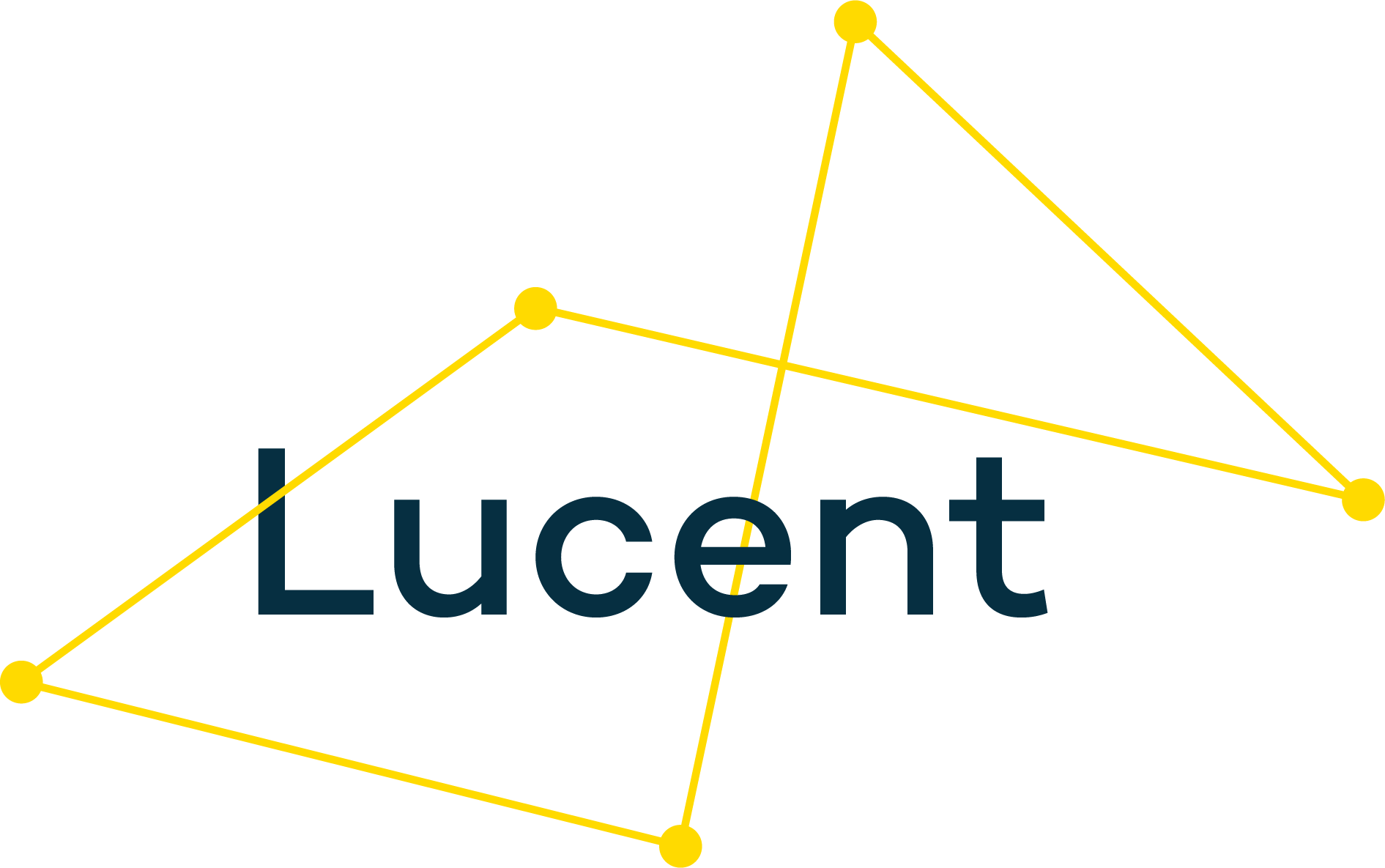A free tool to bring more balance to your board
Fractious, tense or unproductive relationships between the senior team and the board are unfortunately a common challenge in social purpose organisations. So if the relationship between board and team need improvement, what can you do about it?
To figure out what you might need to do, you should first establish the type of board you have. Unbalanced boards typically fall into two camps.
The Scrutineer
The first, and in our experience, most common, is the scrutineer board. The scrutineer board is strong on challenge and majors on the analytical. The default for scrutineer boards is to ask “What is the problem?”, which leads board members to frequently step into problem-solving mode, a space that should be reserved for the executive.
Scrutineer board members can sometimes lose sight of the big picture and dwell in the detail. On the upside, other members of scrutineer boards can still bring to the table a good sense of big, external trends drawn from many different industries and great ideas that might cross sector boundaries. They can stretch and challenge the executive team. But the scrutineer board is typically much weaker on support. The consequence is that encounters with the board can leave the senior team feeling deflated or undermined, meaning that they are reluctant to share problems or complexities with the board in future.
The Cheerleader
The second unbalanced board is the cheerleader board. The cheerleader board majors on support - it notes and celebrates the achievements of the organisation and asks after staff staff welfare and watches out for signs of staff burnout. Strongly empathetic, board members are high on support and this can be invaluable during tough times and transitions. Board members are most likely to reflect on their role and ask “How can we (as trustees) do more?”.
At first glance this is the type of board that all chief executives secretly dream of - given how tough it is right now leading social change organisations, having strong support and trustees that have your back is a key ingredient in personal and organisational resilience. But, high support on its own makes it difficult to create focus and prioritise effectively. Saying no, closing projects that no longer fulfil their purposes, and facing stark financial realities don’t come easily to cheerleader boards. This can leave a senior team feeling isolated in managing the tough stuff. The lack of clear direction and prioritisation can leave staff feeling confused as to what is expected of them and unclear about next steps at the end of board meetings.
Finding the balance
Given that there are dangers in both extremes, the key is to balance high support and high challenge. Balanced boards are flexible and adaptive. Think of them as bilingual – as fluent in the language of challenge as they are in the language of support and able to recognise the moments when the language of support is needed over that of challenge and vice versa.
So how can you work with the board to create greater balance? First, find a suitable inflection point - agree with the chair a moment when you can aim to reset ways of working. A board recognising “what got us here, won’t get us there” is a critical first step.
For scrutineer boards, we use the early “discovery phase” of your strategy process to undertake this reset. By exploring an organisation’s assets and opportunities, as well as its key challenges, board and team can start working together more effectively. To mark this difference, we note that this is not the normal mode of operation and that no decisions are to be taken. Rather, the task is not to find solutions but to fully explore the problems and opportunities ahead.
For cheerleader boards, we focus our time with them more in the decision phase. Through small focus groups or one-to-one interviews we take the opportunity to explore a concrete set of proposals and really flush out views, test appetite for change and analyse risks and developing a common sense of likely trade-offs. This latter work on trade-offs is important as cheerleader boards typically want a bit of everything or can aspire to a perfect solution and may struggle to recognise that failure to make clear decisions itself carries considerable risk.
So when you are next planning for your board meeting - and using this tool - consider are they a scrutineer or cheerleader board? And then find an opportunity to work a bit differently and begin to create some balance.
Want to learn more about how your strategy process can help you balance your board? Just drop us a line.
Support Challenge See Saw

